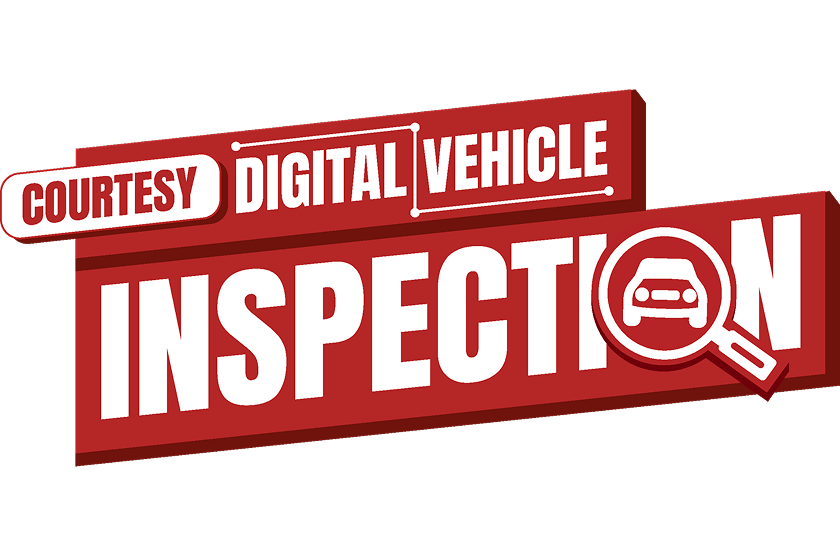Auto Maintenance
$25 OFF
ANY RECOMMENDED SERVICE

Offer expires 12/31/25
View DetailsOnline Special · Save $25 when you book online

Tire Works offers professional tire rotation and balancing at our locations throughout Nevada and Arizona. Our expert technicians help promote even tread wear, extend the life of your tires, improve handling, and support better fuel efficiency, keeping you safe and confident on the road.
Check your owner’s manual or tire manufacturer’s guidelines for the recommended rotation pattern and interval specific to your vehicle.
Routine schedule:
Schedule a rotation & balance sooner if:

We’ve put together the most important tire info to help you drive with confidence. Need more help? Just give us a shout!
Wheel alignment and wheel balancing are two different tasks. When we align your tires, we check and adjust the angles of your wheels. This helps your tires last longer and helps your car or truck track straight as you’re driving. Wheel balancing is done to make sure your tire/wheel assemblies are spinning properly, which also contributes to tire life and driving performance.
Both tire alignment and tire rotation services help ensure even tire wear across all four tires, but a tire rotation will not impact the wheel alignment on your vehicle. So, it isn’t imperative to have the alignment adjusted every time you have a tire rotation done. But it’s important to follow the recommended schedule for both tire maintenance services. Not only do they both help extend your tires’ lifespan, but they also help detect any other issues that may be present. For example, if your vehicle’s alignment is off, this can often be seen when a tire rotation is performed.
If your tires are relatively new, we recommend having them rotated at the 5,000-mile mark because their deeper tread is more susceptible to uneven wear. For older tires, keep to a tire rotation schedule of 6,000 to 8,000 miles to help ensure all of your tires last longer and wear more evenly. At Tire Works, we recommend that you have your tires checked and rotated during your regular oil and filter change appointment.
Yes, balancing new tires is as crucial as choosing the right ones. It’s not just about mounting them; it’s perfecting their performance. New tires, despite their pristine condition, can have minor imbalances that affect your ride. Ignoring this can lead to vibrations and premature wear. At Tire Works, our thorough balancing process ensures each new tire is fine-tuned to your vehicle’s specifications, enhancing ride quality and extending tire life. Don’t risk poor performance or injury. Schedule our tire balance service today.
Knowing whether you need to have your tires balanced is an absolute must if you want a smooth driving experience. Key indicators to help you determine if your tires may require balancing, including noticeable vibrations in the steering wheel or floorboards, especially when driving at specific speeds. It may also be accompanied by a thumping sound. Look out for uneven or quick wear on your tires, which often suggests an imbalance. If your vehicle tends to pull to one side, it’s a strong sign that your tires might be out of balance. At Tire Works, our seasoned experts are skilled in quickly identifying and rectifying these balance issues, ensuring your drive is consistently smooth, safe, and enjoyable.
Shop service deals, tire savings, and complete auto care offers so you can save more on the services and repairs you need.
Explore our trusted services designed to keep your vehicle performing at its best.

From tires to expert repairs, our team is committed to keeping your vehicle running smoothly with personalized care you can count on.
Find a shop
We believe car care should be clear as day. That’s why every visit includes a Courtesy Digital Vehicle Inspection, a 50+ point check of your car’s key systems. From under the hood to around the wheels, our Sun & ASE-certified technicians assess your vehicle’s condition, note what needs attention now and what can wait.
Read reviews from satisfied customers who trust Tire Works for reliable car repair, quality auto service, and expert vehicle maintenance.

Unlock exclusive auto service deals! Sign up now to get emails with the latest discounts on oil changes, brake repairs, tire specials & more—designed to save you money and keep your car running smoothly.